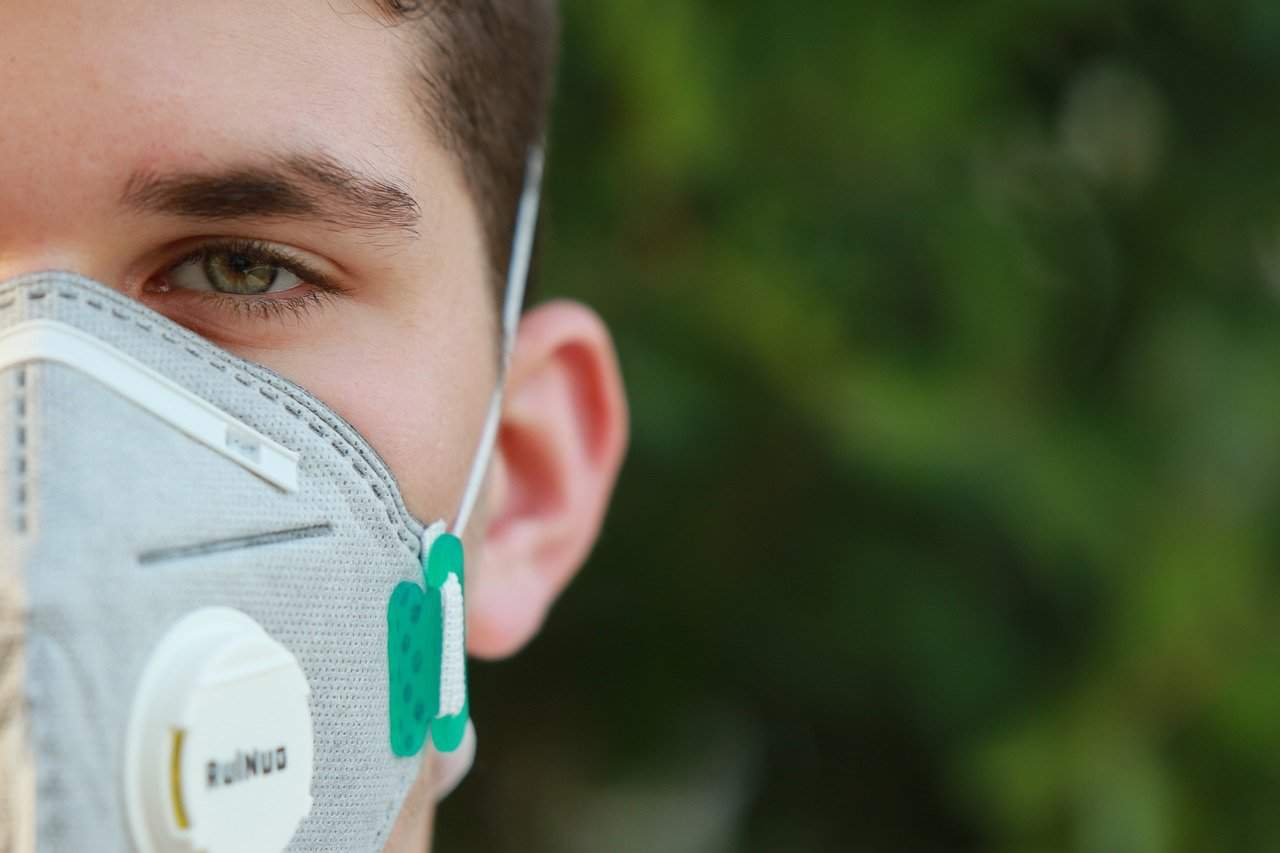
Coronavirus (COVID-19) has spread rapidly around the world. There are many myths and conflicting information surrounding it. Find out if popular claims are true or false.
False. There is currently no vaccine for the new coronavirus. Scientists have already begun research, but it will take many months to develop a safe and effective vaccine.
False. Viruses can change over time. Sometimes an outbreak occurs when a virus that is common in an animal, such as a pig, bat, or bird, is modified and spreads to humans. This is probably how the new coronavirus was created.
False. Some researchers have claimed that vitamin C has some curative properties for outbreaks. Also, although vitamin C supplements strengthen the immune system, there is no evidence yet that they help fight COVID-19.
False. The percentage of seniors infected is slightly higher, due to a weak immune system and comorbidities. People with diabetes, asthma, kidney and heart problems are also at risk. However, it is worth remembering that young people can also become infected, although mortality rates are lower.
False. It is true that most cases have involved adults, but children are not immune to the new coronavirus. In fact, preliminary evidence suggests that children are just as susceptible to infection but usually have milder symptoms
False. SARS-CoV-2 can cause flu-like symptoms such as muscle pain, fever, and cough. These symptoms can be mild or severe. In some cases, they can even lead to death. Both COVID-19 and influenza sometimes lead to pneumonia. However, the overall profile of the new coronavirus is more serious.
False. The longer you stay with someone who is sick, the risk of infection increases. However, you can catch the virus in less than 10 minutes.
Reality. Most people who become ill with COVID-10 will have a mild form of the disease and recover quickly. Scientific modeling suggests that 1 in 100 patients will die.
Reality. The virus can be in someone’s body for 14 days before it causes symptoms. In some people, it will run such a mild course that they won’t even notice it. So follow the current advice. Wash your hands, avoid crowds, and use tissues when coughing or sneezing. This way you will stop the spread of the virus, even if you feel healthy.
False. Scientists are studying a new coronavirus to learn more about how it infects you. At the time of this writing, the World Health Organization (WHO) says the likelihood of contracting COVID-19 from commercial packaging is low. Transportation typically takes several days. Additionally, the product is subjected to different temperatures and conditions.
Reality. COVID-19 can survive temperatures above 25°C. So there is a risk of catching it, even when it is warm and sunny. However, it is worth exposing your body to the sun to stimulate the production of vitamin C which affects our immunity.
Reality. A hand dryer will not kill coronavirus. The best way to protect yourself and others from COVID-19 is to wash your hands with soap and water or an alcohol-based lotion.